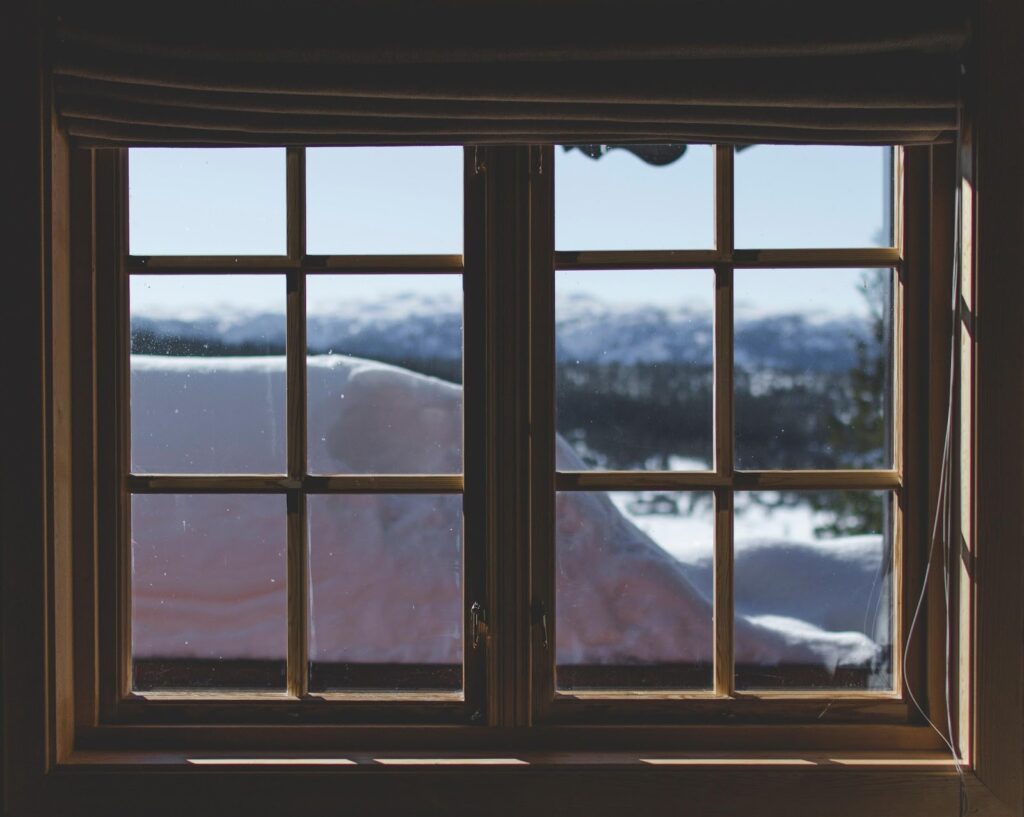Replacing your windows can be a daunting task. However, if you see certain signs and symptoms then it’s important that you do. Failure to do so can reduce the value of your home, detract from its visual appeal, and lead to high monthly energy costs.
Whether you’re in the midst of a home improvement project, looking to sell, or looking to rip out old drafty windows for energy efficiency improvements, think of purchasing replacement windows as an investment in your future.
The first and most obvious step in ensuring the quality of your window replacement project is choosing a reputable window retailer — one that offers a variety of window and door installation services, flexible payment options, in-home consultations, and a team of professionals that oversee the entire project from start to finish. Consider contacting one such provider for an in-home consultation if you’ve noticed any of the following warning signs — it could be time for a change.
Damages

Wear and tear can happen over the years. If you see chipped paneling, warped window frames, cracked glass, worn weather stripping, or deteriorated caulking, you might want to consider replacing your windows.
Although damages such as chipped framing are largely cosmetic, they can, nonetheless, present themselves as eyesores noticeable enough to off-put potential buyers. On the other hand, newly installed windows can add natural light and ultimately work wonders when you’re in the process of putting your home on the market.
Moisture

Windows should be airtight — especially in difficult climates. If you’re noticing a build-up of condensation on the innermost side of your window’s glazing, it’s possible the integrity of the seal has been compromised. Of course, climate will play its part in the appearance of condensation, so it’s worth consulting an expert to prevent a small problem from becoming a big one. If left unchecked, it can result in a build of mold in the areas surrounding the window pane.
Draft
If you’re noticing that your home is often or unusually drafty despite closed windows, then it’s possible there’s an issue with your windows — either from an error during installation or faulty hardware. One way you can tell is to hold a flame up to the edges of your windows and test for flickering.
If you test positive, then you may need to replace your windows. Issues with sealing can cause energy inefficiencies and high electricity bills, as well as difficulties moderating your home’s temperature. If left unchecked, you run the risk of also having to deal with repairing an overworked HVAC.
Inaccessibility

We’ve all experienced that one window that just won’t budge no matter how much elbow grease you’re putting into opening it. Windows should not be stiff or difficult to open, and if they are it could be a sign that there’s an issue with your seal or your framing.
Wooden frames, in particular, can compress over time in response to extreme weather conditions. It could also mean that your windows are letting in a draft which can mean issues with regulating your home’s temperature.
If you’re experiencing any of these issues, find the right window and door replacement company to help you find a better alternative.






